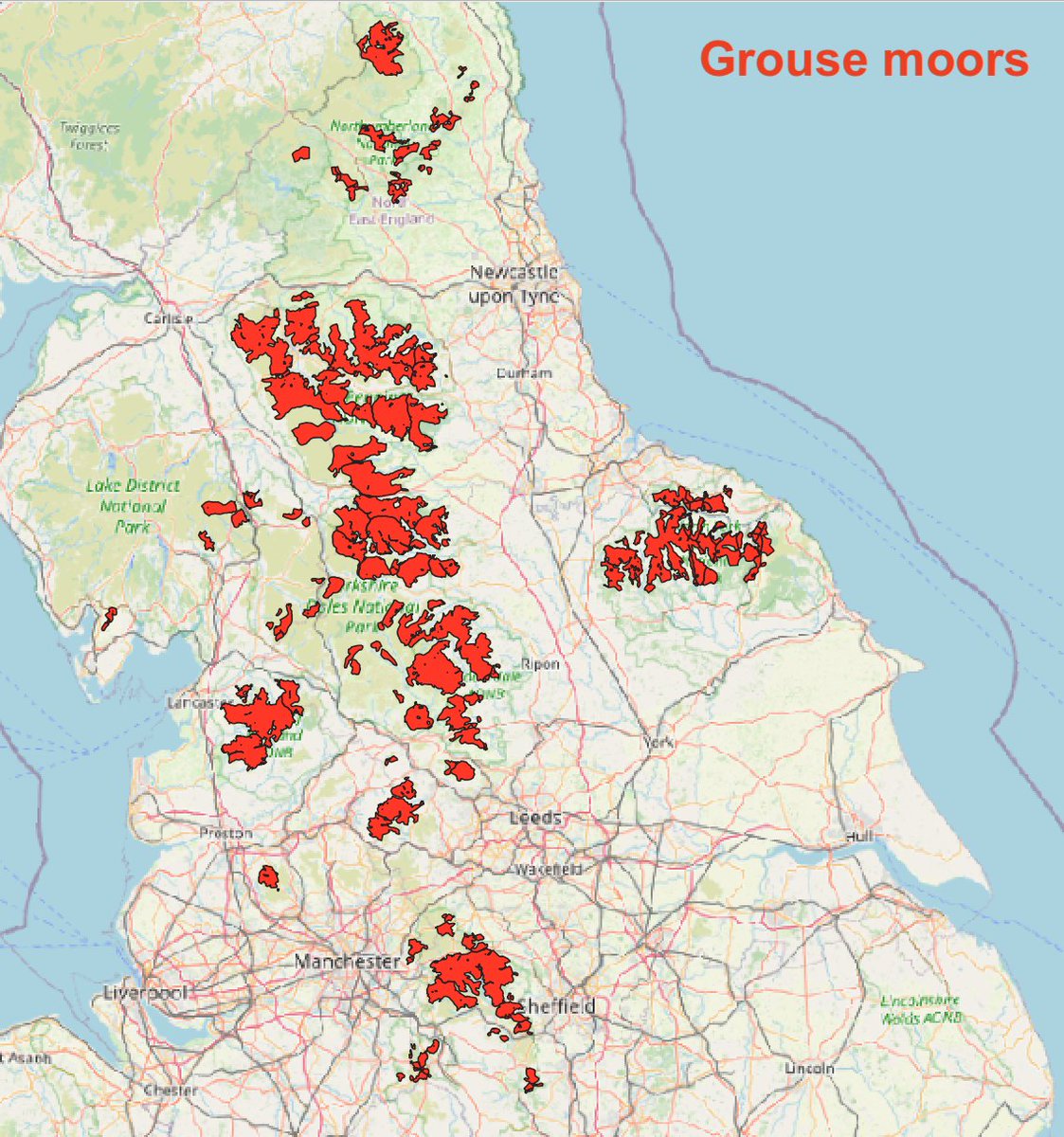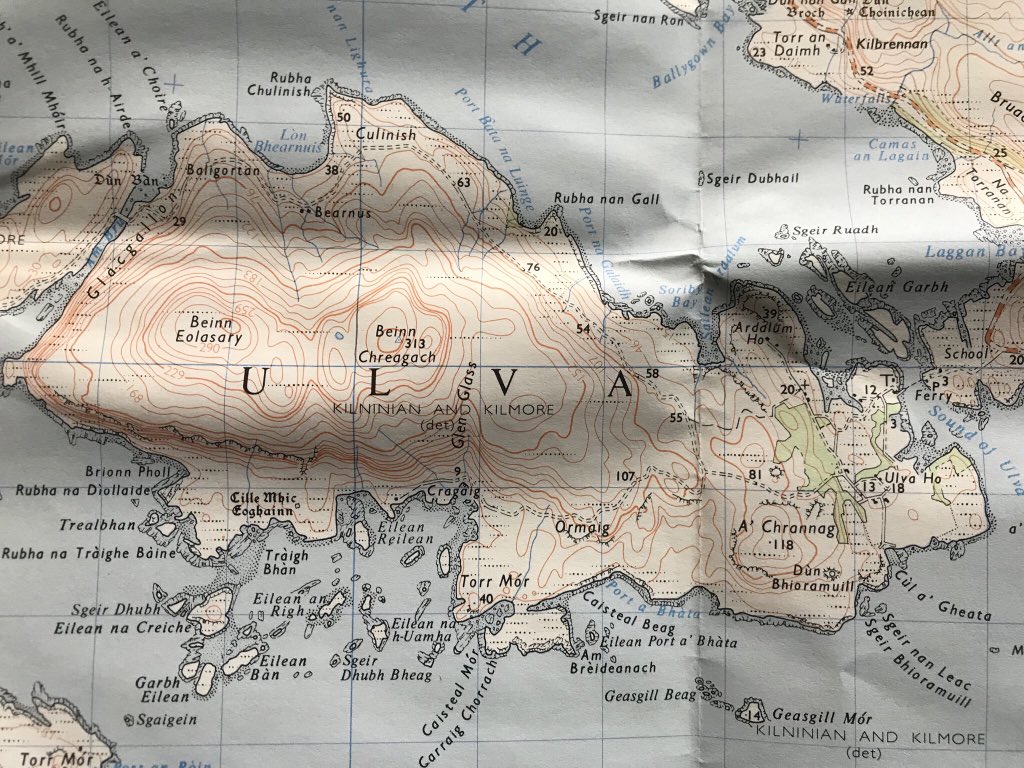
Wistman's Wood looked spectacular earlier this afternoon. Was greeted by two friendly Dartmoor NPA volunteers who were making people aware of the Countryside Code & how special the wood is (temperate rainforest)
🧵Short thread on habitat disturbance, by visitors & landowners 1/n
🧵Short thread on habitat disturbance, by visitors & landowners 1/n

Wistman's Wood has been in the headlines recently because of allegations of damage by visitors: bbc.co.uk/news/uk-englan…
I visited today to see what the damage was. In terms of litter, I picked up every piece I saw: maybe a dozen pieces in total; largest = forgotten gloves. 2/n

I visited today to see what the damage was. In terms of litter, I picked up every piece I saw: maybe a dozen pieces in total; largest = forgotten gloves. 2/n


No doubt rangers have picked up more litter. I also met someone else who'd picked up some voluntarily.
The vast majority of people clearly aren't leaving litter at Wistman's Wood - though I still got annoyed by the bags of dogshit left for the dog poo fairy. 3/n
The vast majority of people clearly aren't leaving litter at Wistman's Wood - though I still got annoyed by the bags of dogshit left for the dog poo fairy. 3/n
The worst damage I saw left by one (possibly lone?) visitor were the inane hearts and pagan labyrinth symbols drawn in the moss on a handful of moss-covered boulders.
To whoever thinks this is a symbol of reverence to the Earth Goddess: you are an idiot. It damages the moss. 4/n

To whoever thinks this is a symbol of reverence to the Earth Goddess: you are an idiot. It damages the moss. 4/n


However, once you go beyond the entrance to South Wood (Wistman's Wood is several clumps, though Middle & South Wood have now co-joined), I couldn't see any such 'moss carvings'. People rarely stray far in, the boulder scree makes it hard going. Middle Wood was eerily quiet. 5/n 

There is another sort of visitor to Wistman's Wood that seldom gets discussed, of course.
You can detect them by the strands of hair they leave and their droppings, and occasionally hear their ominous cry across the moor...
Yes. I'm talking about sheep. 6/n

You can detect them by the strands of hair they leave and their droppings, and occasionally hear their ominous cry across the moor...
Yes. I'm talking about sheep. 6/n


The impact of sheep on Wistman's Wood is mostly detectable by what isn't there.
I searched in vain all afternoon for a single oak sapling.
They've all been grazed away by sheep, leaving only the veteran oaks. Lovely as they are, this isn't a healthy situation for the wood. 7/n
I searched in vain all afternoon for a single oak sapling.
They've all been grazed away by sheep, leaving only the veteran oaks. Lovely as they are, this isn't a healthy situation for the wood. 7/n

Wistman's Wood is at least protected from some degree of overgrazing by the boulder field it's growing in.
But look to the other side of the valley, and it's almost completely treeless: a view from a temperate rainforest onto a desert of purple moor-grass. 8/n
But look to the other side of the valley, and it's almost completely treeless: a view from a temperate rainforest onto a desert of purple moor-grass. 8/n

Wistman's Wood is owned by the Duchy of Cornwall and leased to a tenant farmer (it's in an enclosed 'newtake' rather than being on a common).
Grazing continues to be permitted within this newtake. But if it were restricted in future, the wood could expand and regenerate. 9/n
Grazing continues to be permitted within this newtake. But if it were restricted in future, the wood could expand and regenerate. 9/n

So, it's essential that visitors to Wistman's Wood treat it with the utmost respect. Most already do; some don't; having rangers to greet & educate is a good start.
But the future of this fragment of temperate rainforest mostly lies in the hands of the landowner & farmer. (END)
But the future of this fragment of temperate rainforest mostly lies in the hands of the landowner & farmer. (END)

• • •
Missing some Tweet in this thread? You can try to
force a refresh













